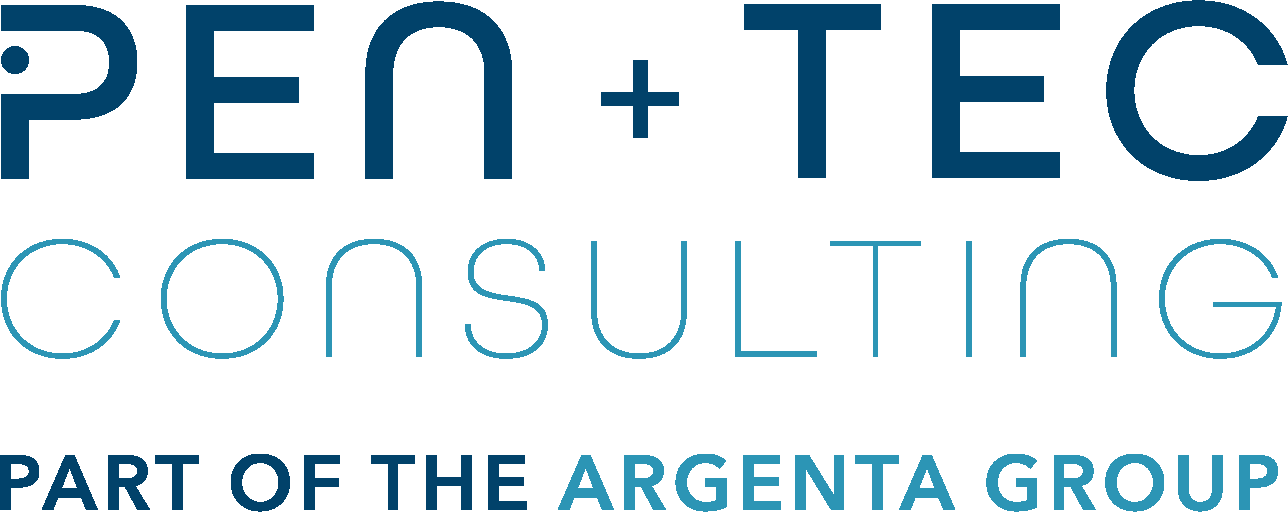Novel Food and Cosmetics data requirements: What are the concerns of the biotechnology industry?
Posted 26 November, 2019
On the 19th November 2019, Nicoleta Pasecinic, regulatory affairs manager at Pen & Tec, delivered a presentation followed by a panel discussion at the European Summit of Industrial Biotechnology (ESIB).

The presentation introduced the definition of novel food, explored the steps taken to confirm whether any food is not novel and it highlighted the main actors, procedures and timelines in achieving a novel food authorisation. The presentation’s main focus was on demonstrating the key quality data for a novel food application, required to pass EFSA risk assessment. In addition, the concept of QPS approach was explained and specifically the type of data required to show safety of a microorganism whether your novel food is produced using a strain or is in itself a live or dead microorganism.
Nicoleta also had the opportunity to learn about how cosmetics are regulated in the EU from the presentation given by Dr Gerald Renner, technical director at Cosmetics Europe. It was interesting to find out that new cosmetic ingredients have to go through a very rigorous and long pre-market assessment, known as REACH. Once that chemical/ingredient is approved, another safety assessment needs to be carried out for each of the cosmetic products where that chemical is intended to be incorporated. Curiously, the novel food and the cosmetics regulation have some overlap in how they are regulated, for instance, the registration of products is EU-centralised, which means that once authorised, both novel foods and cosmetics have access to the EU single market.
The session was complimented by a presentation given by Dr Marisa Vieira, Principal Consultant at PRé Consultancy, on the quantification of environmental impact known as Life Cycle Assessment (LCA). We found out that LCA helps businesses compare their environmental footprint with others and helps identify key drivers for better improvement on their products. At present, where consumers seek greener and more sustainable production, LCA seems a great tool to evaluate where your product & production process stand.
After delivering all three presentations, the speakers addressed the audience’s questions. A common question among the attendees was whether metabolites from a genetically engineered microbial strain would be considered novel and whether they would be GM. It was a very relevant question and one which needed more clarification. There are several key considerations: does the final compound to be sold, contain viable cell of the GM strain and/or DNA from the producer strain? If not, then the next step is to assess whether the metabolite was consumed in the EU prior 15 May 1997, or as part of a traditional food in a third country for more than 25 years. Food and feed (including additives, flavourings, vitamins) produced by fermentation using a GM strain, which is kept under contained conditions and is not present in the final products, are not considered in the scope of the GM Regulation (EC) 1829/2003.
For more information on any of these topics, or for a copy of the workshop presentation, please email us: info@pentec-consulting.eu
 By Nicoleta Pasecinic, Regulatory Affairs Manager
By Nicoleta Pasecinic, Regulatory Affairs Manager
Pen & Tec Consulting
